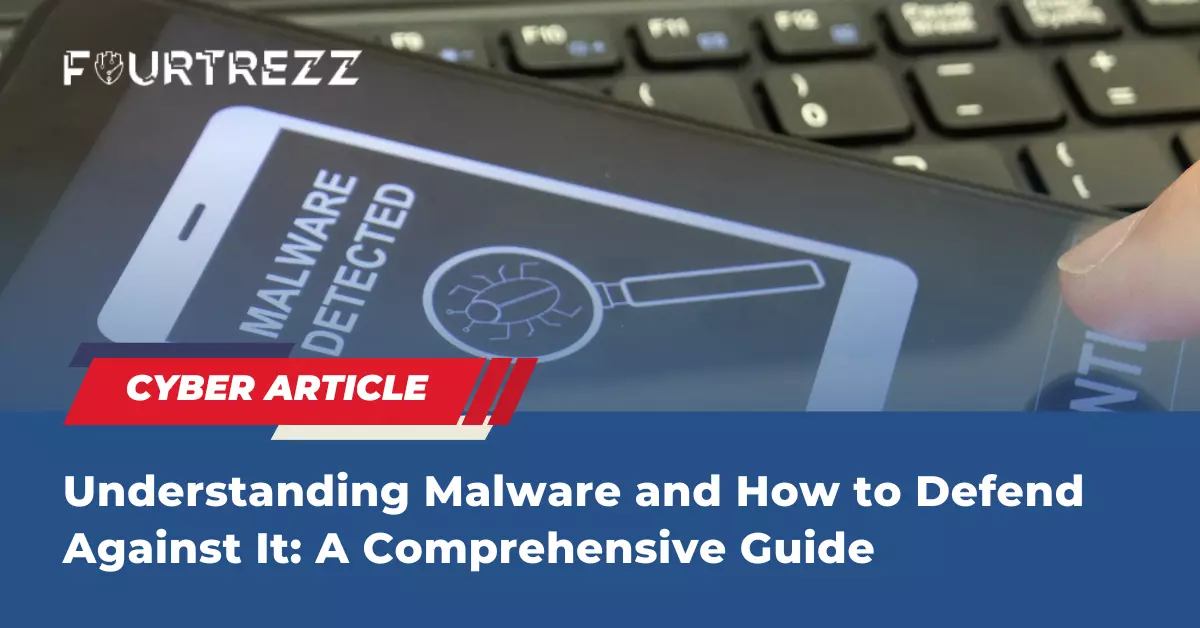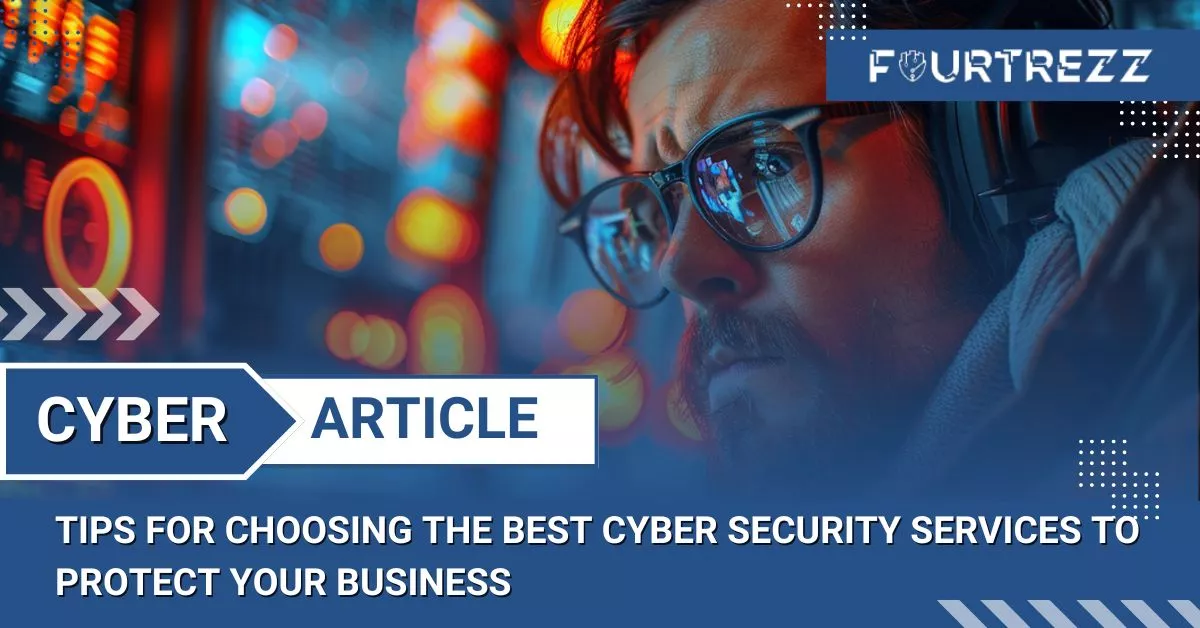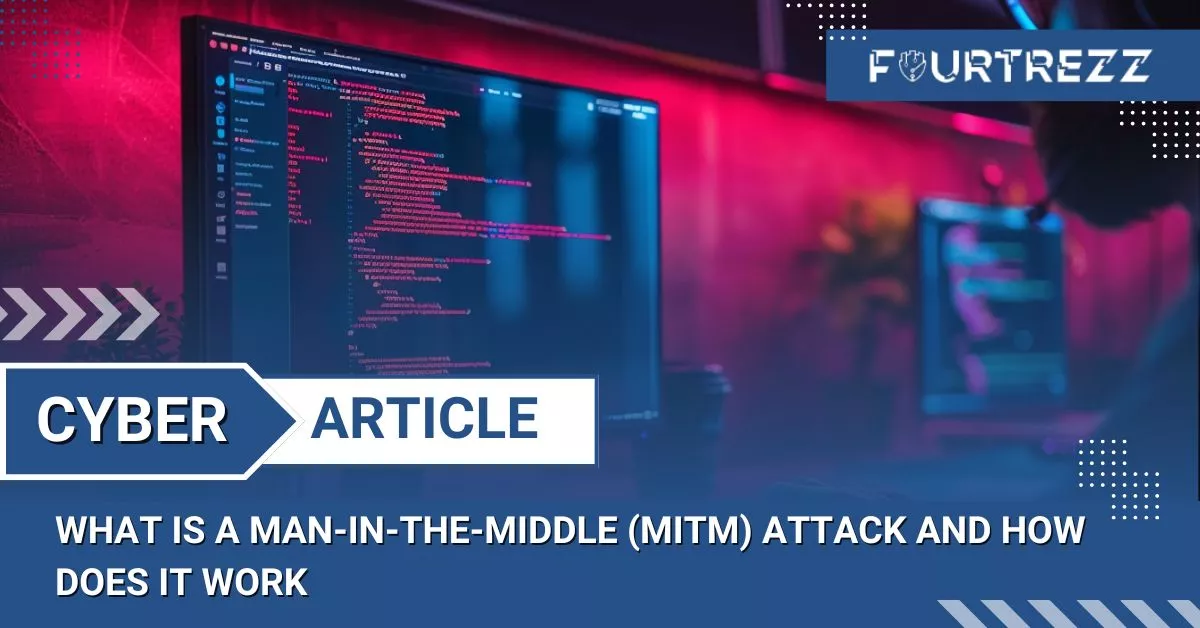In today’s digital age, running a business across multiple online platforms necessitates constant vigilance against sudden cyber threats. Attackers are always seeking vulnerabilities within systems to exploit, potentially compromising data and critical information. Among these threats, malware attacks stand out as particularly dangerous. In this article, Fourtrezz explores the concept of malware, its diverse forms, and effective strategies for countering its impact.

Table of Contents
Understanding Malware
Malware, short for Malicious Software, encompasses various harmful software designed for malicious purposes. It can damage, disrupt, or exploit devices, systems, and networks, causing significant losses. Malware infiltrates systems through methods such as email attachments, phishing emails, malicious advertisements (malvertising), and infected applications.
The primary objectives of malware attacks are to:
- Steal sensitive data
- Distribute spam
- Provide attackers with remote control access to compromised machines
Common Types of Malware
- Viruses
A virus is a type of malware that infects devices or systems by attaching itself to the code of a program. Viruses can replicate themselves, enabling them to spread uncontrollably when a user opens an infected program.
- Worms
Worms are malware that replicate autonomously without requiring human interaction. They spread through email attachments, USB drives, infected websites, or software vulnerabilities. Weak security systems with vulnerabilities provide avenues for attackers to exploit and introduce worms into the system.
- Trojan Horses (Trojans)
Trojan horses, or Trojans, are a type of malware disguised as legitimate files or software. Attackers use social engineering tactics to persuade victims to open, download, and run seemingly genuine software. Infected devices allow attackers to steal sensitive data, gain backdoor access, and engage in surveillance.
- Ransomware
Ransomware is a malware attack where an individual locks and encrypts a computer device, demanding ransom in exchange for restoring access.
- Spyware
Spyware is software surreptitiously installed by attackers to monitor the online behavior of victims. This type of malware allows attackers to track a user’s internet activities, capturing sensitive information, passwords, and personal identities.
- Adware
Adware is malware that generates unwanted pop-up advertisements on devices. Its consequences include altering browser homepages, displaying ads from illegal sites, and incessant pop-ups.
- Fileless Malware
Fileless malware operates from computer memory rather than files on a hard drive. It uses legitimate scripts and leaves minimal traces, making detection and removal challenging.
Recognizing Infected Devices
Identifying whether a device is infected with malware involves observing various indicators:
- Performance issues, such as excessive memory usage, slow system response, or frequent application crashes.
- Unexpected pop-ups or ads, especially while browsing the internet.
- File or data damage, including sudden loss, deletion, or corruption of files.
- Unforeseen actions, such as sending emails or texts to unknown contacts, or downloading unsolicited files or applications.
- Security vulnerabilities, such as unauthorized access to accounts or personal information.
- Changes in device settings, like modifications to browsers, homepages, or the appearance of unwanted icons or programs.
Steps to Handle Malware on Your Computer
If you suspect your computer is infected with malware, take the following steps:
- Disconnect from the Internet: Prevent the malware from spreading further by disconnecting from the internet.
- Restart in Safe Mode: Restart your device in safe mode to limit the malware’s activity. On Windows, press and hold the Shift key while selecting Restart. After restarting, choose Troubleshoot > Advanced options > Startup Settings > Restart. Select option 4 or press F4 to start in safe mode.
- Check Resource Monitor: If you’ve recently installed suspicious updates or applications, close them in the Resource Monitor.
- Run Malware Scanner: Employ a reliable malware scanner to detect and remove standard malware. However, since malware attacks vary, reinstalling the operating system and programs might be the only way to ensure complete eradication.
- Consider Reinstallation: In severe cases, reinstall the operating system and programs. Consult your IT team before proceeding, as this action may result in data loss.
Implementing Cybersecurity Measures
For businesses of all sizes, engaging reputable cybersecurity services is essential to protect data effectively. Fourtrezz offers robust cybersecurity solutions to shield your company from malware threats. Visit our website at www.fourtrez.co.id to learn more about our cybersecurity services.
Conclusion
In today’s digitally-driven world, the widespread use of online platforms demands heightened awareness of cyber threats, especially malware attacks. Gaining insight into the different forms of malware and adopting effective strategies to counter them is vital for safeguarding sensitive data and upholding the integrity of digital operations.










